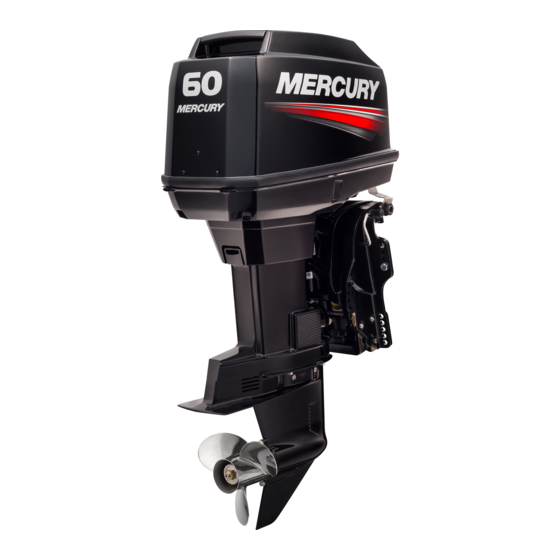
Mercury 60 Operation, Maintenance & Installation Manual
Hide thumbs
Also See for 60:
- Manual (105 pages) ,
- Operation and maintenance manual (92 pages) ,
- Service manual (547 pages)
Table of Contents
Advertisement
Advertisement
Table of Contents

















Need help?
Do you have a question about the 60 and is the answer not in the manual?
Questions and answers
Valve adjustment